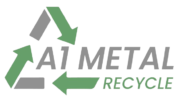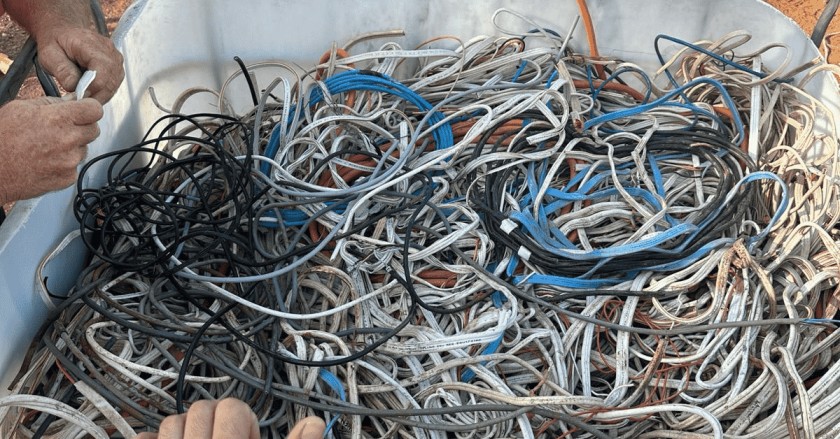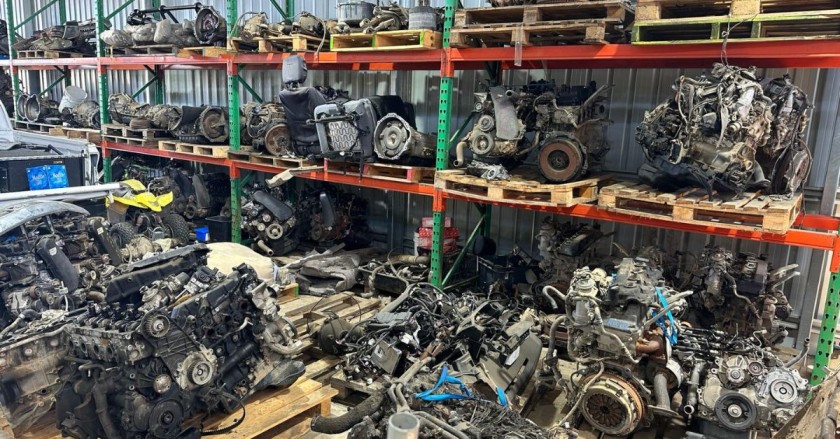Copper scrap is one of the most valuable materials in metal trading industries. Whether you’re a scrap metal buyer, a dealer, or a business looking to buy copper scrap for further processing, understanding copper scrap grades is essential. The price and quality of copper scrap vary depending on its grade, and knowing how to identify and buy different copper scrap grades can make a significant difference in your business operations.
In this detailed blog, we will explore copper scrap grades in-depth, helping you understand how to evaluate copper scrap when purchasing it. We’ll cover the different copper scrap grades, what each grade entails, and how these grades affect pricing. If you are looking to buy copper scrap at the best price, this guide will provide you with all the information you need.
What Are Copper Scrap Grades?
Copper scrap grades are classifications used to categorise copper scrap based on its purity, condition, and the amount of contaminants present. As a buyer, recognising these grades ensures that you are paying a fair price for the material while maximising the value of your purchase. Copper scrap can range from high-quality, clean copper to lower-quality copper mixed with other materials or impurities.
Understanding the difference between these grades is crucial when you are sourcing copper scrap. The higher the grade, the more valuable and pure the copper is, and consequently, the higher the price. Let’s take a look at the common copper scrap grades you may encounter in the market.
Common Copper Scrap Grades You Should Know
When buying copper scrap, you will generally come across the following grades:
1. Bare Bright Copper Scrap (Grade A)
Bare Bright Copper is the most valuable and highest-grade copper scrap. It consists of clean, uncoated copper with no contaminants, such as plastic, paint, or corrosion. Copper wire and tubing that is stripped of insulation are typically considered Bare Bright Copper.
This is the ideal scrap for buyers looking for high-purity copper for resale or further processing. Bare Bright Copper usually fetches the highest price per pound due to its quality and minimal processing requirements.
Where to Find Bare Bright Copper:
- Electrical wiring (cleaned and stripped of insulation)
- Copper pipes and tubing
- Copper sheets or panels
2. #1 Copper Scrap
#1 Copper Scrap is still a high-grade material, though it may contain slight impurities like oxidation or solder. This grade is also clean copper that is free from coatings, solder, or other metals. #1 Copper is typically found in:
- Copper tubing and pipes without solder
- Clean copper wire (free from insulation)
For buyers, #1 Copper offers a high-quality scrap metal that can be easily refined, though it does have slightly more impurities compared to Bare Bright Copper. The price for #1 Copper will generally be lower than Bare Bright Copper but is still a top-tier material.
3. #2 Copper Scrap
#2 Copper Scrap is a bit more contaminated than #1 Copper, and it’s typically priced lower. #2 Copper contains copper with impurities such as solder, paint, tarnish, or corrosion. This grade may be found in:
- Copper wiring with insulation (e.g., Romex wire)
- Copper tubing with soldered joints
- Copper with visible tarnishing or oxidation
While #2 Copper is of a lower grade, it is still highly recyclable and holds value in the scrap metal market. Buyers who specialise in refining or processing copper can still use this grade, although it will require more work to clean and process.
4. Copper Alloy Scrap
Copper Alloy Scrap includes copper that has been mixed with other metals such as zinc, tin, or nickel. These alloys—such as brass or bronze—are considered lower-value materials compared to pure copper due to the additional metals that affect their recyclability.
Examples of copper alloys include:
- Brass (copper-zinc alloy)
- Bronze (copper-tin alloy)
- Copper-nickel alloys
When purchasing copper alloy scrap, keep in mind that the presence of other metals will impact the price and the process needed to recycle the material. As a buyer, it’s important to account for these alloys when assessing their value.
5. Mixed Copper Scrap
Mixed Copper Scrap refers to a blend of different copper materials that are not separated by grade. This scrap can consist of both #1 and #2 copper, as well as copper alloys. Since the material is mixed, it’s often priced lower than the individual grades.
Although mixed copper scrap may not be as valuable as pure copper, it can still be recycled and used in some applications. If you’re buying copper scrap in bulk, mixed copper might be a cost-effective option to consider, but be prepared to sort and clean the material before resale or processing.
Factors That Affect Copper Scrap Pricing
When buying copper scrap, there are several factors that influence the price you’ll pay for the material. These include:
- Purity of Copper: The higher the purity, the higher the copper scrap price. Bare Bright Copper and #1 Copper will always command a premium compared to #2 Copper or mixed alloys.
- Market Demand: The copper scrap market is affected by global supply and demand, which can fluctuate based on factors such as economic growth, industry needs, and manufacturing activities. Keep an eye on market trends to purchase copper scrap at the right time.
- Quantity: Large quantities of copper scrap may be available at a discounted price per pound. If you are buying copper scrap in bulk, negotiate for a better deal based on the volume.
- Condition of Scrap: The cleaner and less contaminated the copper scrap is, the higher the value. Copper with minimal oxidation or corrosion will always be priced higher than copper that is heavily tarnished or contaminated.
- Location and Transportation: The cost of transporting copper scrap from its source to your business can also affect the overall price. Consider the logistical factors when purchasing copper scrap from a distant location.
How to Buy Copper Scrap at the Best Price
To ensure you are buying copper scrap at the best price, follow these tips:
- Inspect the Material: Always check the quality and grade of the copper scrap before purchasing. Look for signs of contamination, oxidation, or corrosion that could lower the price.
- Build Relationships with Trusted Suppliers: Establish strong relationships with reliable scrap metal dealers who can provide you with fair prices and quality copper scrap.
- Buy in Bulk: Purchasing large quantities of copper scrap may allow you to negotiate better prices, especially if you have long-term contracts with suppliers.
- Know the Current Market Trends: Stay informed about copper market prices and trends to make strategic buying decisions.
Conclusion:
When buying copper scrap, understanding the various grades and their characteristics is essential to ensuring you get the best value for your purchase. By knowing the difference between Bare Bright Copper, #1 Copper, #2 Copper, copper alloys, and mixed copper scrap, you can make more informed decisions, save money, and maximise your investment.
By carefully assessing the quality of the material, understanding the factors that influence pricing, and sourcing from trusted suppliers, you can make smart purchases that benefit your business. Copper scrap is a valuable resource, and with the right knowledge, you can make the most of it.
Now that you understand copper scrap grades and how to navigate the market, you’re ready to buy copper scrap with confidence.
Ready to sell your copper scrap? Contact A1 Metal Recycle today for the best prices and hassle-free service!
Happy buying!



